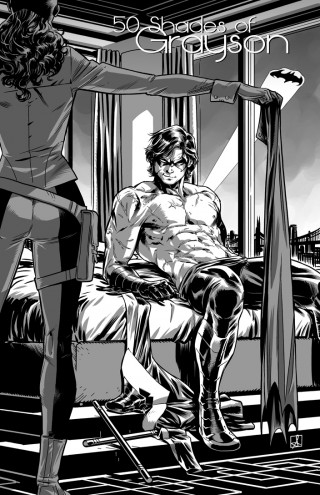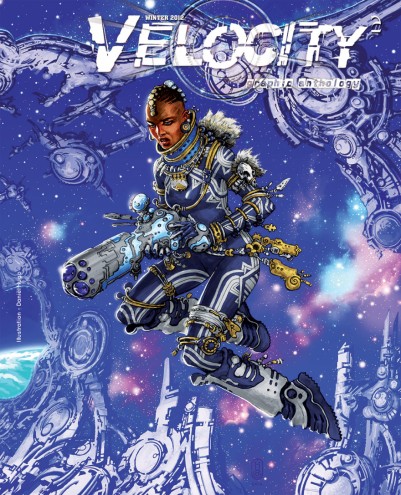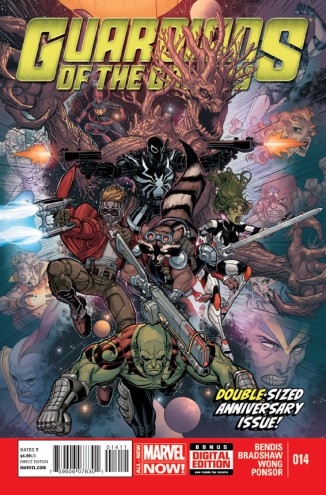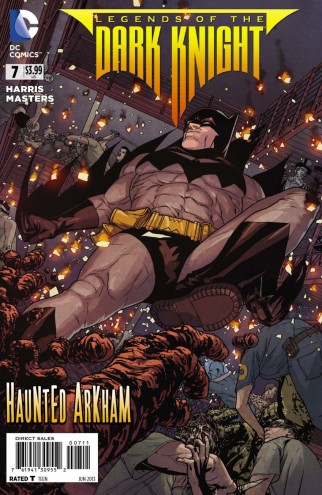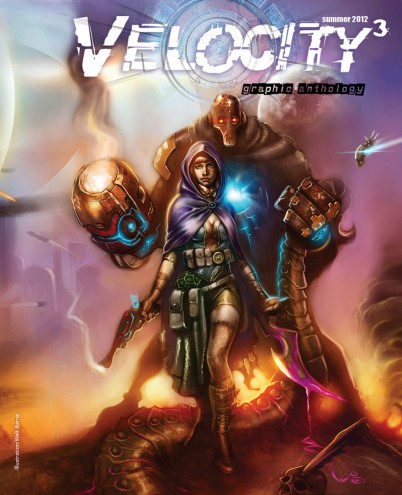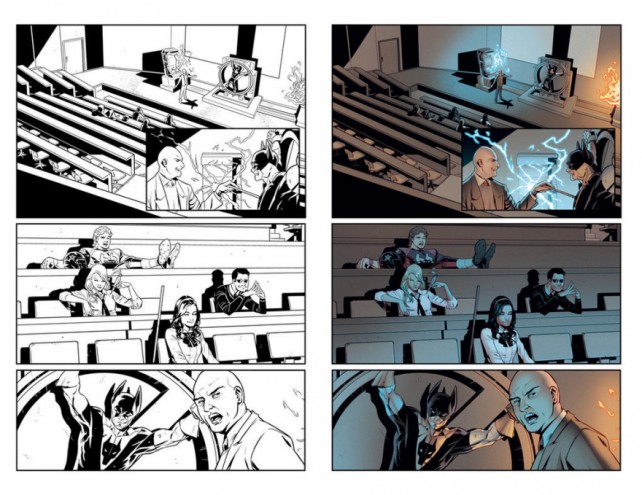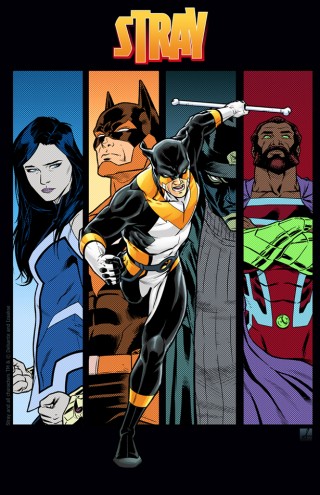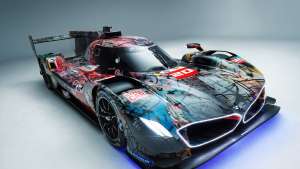From the Series
In this exclusive interview, Moray Rhoda, the “godfather” of South Africa comics, offer his expert opinion on the state of South African comics and its spread to the world of global comics.
Based in Cape Town, Rhoda has been involved in the local comics scene since 2000 when he founded the Igubu Comics Collective. When Igubu disbanded, Rhoda began art directing Media 24’s Beat Comics studio, producing the comics Unicity, Mzansi Beats and Kasiwash.
Rhoda is currently self-publishing Velocity, a collaborative graphic novel anthology created by South African and Australian comic book artists.
The idea of living locally and working globally is attractive to most people and, for comic artists in South Africa, this is becoming a reality.
South African comics are coming from a place where comics share one “visual identity” that grew out of the 90s and the early 2000s – the Supa Strikers look – but Rhoda believes we’re diversifying style and genre to include superheroes, sci-fi and fantasy.
“The future of South African comics is brightening up,” he says. “We have a lot more access and are able to produce our own stuff. The quality of drawing is increasing but the quality of writing is lacking.
We’re rising to the international standard.
Joburg-based Jason Masters is proof of this. He pencils and inks for issues of that little-known comic called Batman published by DC comics, and he has contributed to Wolverines and Guardians of the Galaxy for Marvel comics.
Masters shared his experience about creating the serial comic, Firefly, for DC. Firefly underwent multiple edits with additions, subtractions and complete overhauls before it went to print.
“Its difficult going through this revert process,” Masters says, because “you don’t get paid by the line.”
Back in 2008, New York City-based comic book writer Vito Delsante contacted South African creator Sean Izaakse. Delsante was familiar with Izaakse’s work and poached him to negotiate co-creation on a comic.
Initially Izaakse had some trust issues. He didn’t trust Delsante because he had been commissioned in the past and that person wound up disappearing without paying him after he had done some labour intensive colouring.
But eventually Izaakse took the plunge and now both him and Delsante co-create Stray – from New York and Joburg.
Stray is the story of Rodney Weller, who was formerly known as the Rottweiler. After five years out of costume and out of action, Weller takes to the rooftops again to solve the murder of his mentor, Doberman.
Izaakse also contributes ink and pencil to the fantasy comic book, Pathfinder, published by Dynamite Entertainment.
Izaakse always had a taste for action and adventure: “There was a stage in my life where I wanted to be Indiana Jones but archaeology isn’t that exciting,” he says.
I was one of those guys working a 9 to 5 and then going home and creating a cartoon till around 12 to 1 am.
Until Izaakse got retrenched from his last job – “the universe didn’t want me to be there,” he says.
Rhoda attributes the booming interest in South African comics and artists to the “romance” Hollywood is experiencing with comics and the insatiable appetite that goes with it.
Local creators are also more globally aware of the audiences and technologies available and are no longer tying their hopes to a purely local SA market.
This willingness to play in the international arena has almost certainly led to local independent comic creators improving the level of their storytelling and art in order to compete with the much higher standards globally.
People don’t necessarily want to get into comics because they don’t see it as a particularly profitable career or as a career with room for growth. But Rhoda says comics aren’t just for ComicCon types. He believes that comics have a wide scope for teens, children, corporates and collectors.
“Get into comics,” Rhoda says, “because beyond comics there is something to do. It can open doors and give you opportunities.”

